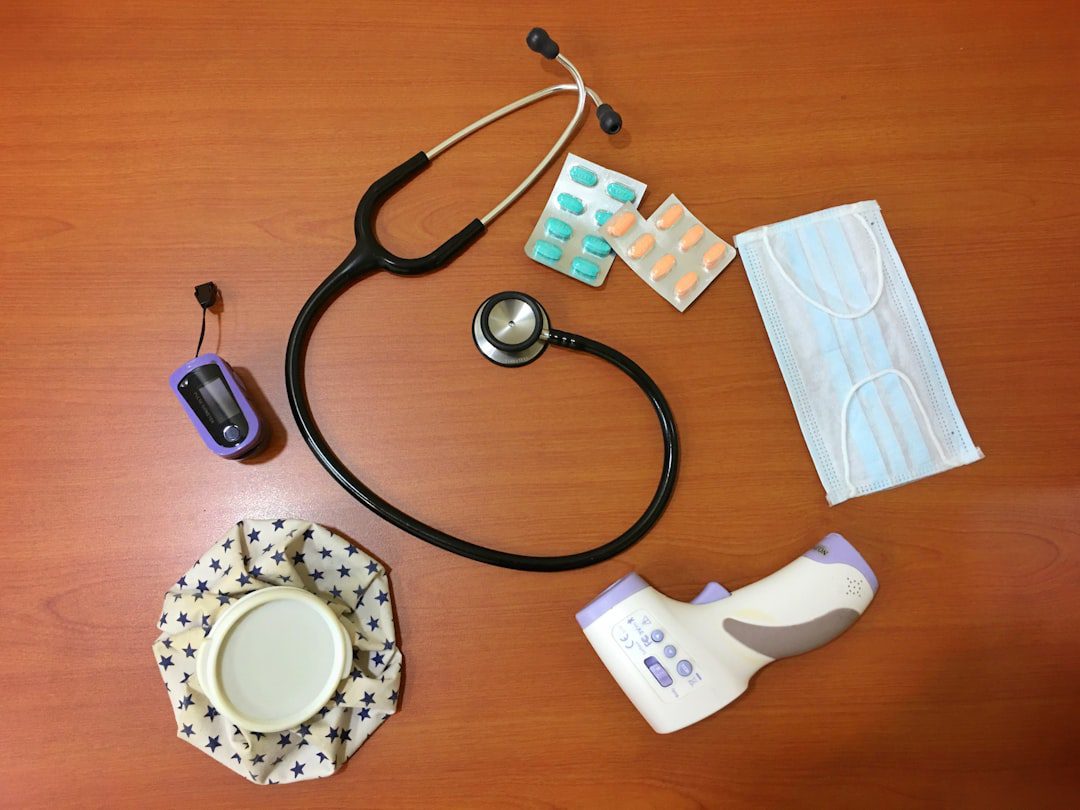
Breaking: FDA Issues Early Alert for Medtronic Cardiac Cannula Safety Issue
The FDA has issued an Early Alert regarding a cardiac cannula issue from Medtronic as part of its Communications Pilot to Enhance the Medical Device Recall Program. This development represents a significant shift in how the agency communicates device safety concerns to manufacturers and healthcare providers, offering critical insights into evolving regulatory oversight.
Understanding the FDA’s Early Alert System
The Early Alert communication is part of the FDA’s innovative Communications Pilot Program, designed to provide more timely and transparent information about potential medical device safety issues. Unlike traditional recall notices that follow formal investigation processes, early alerts serve as preliminary notifications that help manufacturers and healthcare facilities take proactive measures.
Key characteristics of Early Alerts include:
- Rapid dissemination of safety information
- Enhanced transparency in the recall process
- Proactive risk communication to stakeholders
- Improved post-market surveillance effectiveness
Why This Matters for Medical Device Manufacturers
This Early Alert signals several critical developments in FDA oversight that manufacturers must understand:
Enhanced Surveillance Expectations
The FDA’s willingness to issue early communications demonstrates heightened expectations for real-time monitoring and reporting. Medical device manufacturers should anticipate more frequent and immediate regulatory communications regarding potential safety issues.
Cardiovascular Device Scrutiny
Cardiac cannulas are critical components in cardiovascular procedures, and any defects can have life-threatening consequences. The FDA’s focus on these high-risk devices underscores the importance of robust quality management systems for manufacturers in the cardiovascular space.
Post-Market Surveillance Evolution
The Communications Pilot reflects the FDA’s commitment to improving post-market surveillance under the 21st Century Cures Act. Manufacturers must be prepared for more dynamic and responsive regulatory oversight.
Immediate Action Items for Manufacturers
Medical device manufacturers should take the following steps in response to this development:
1. Review Quality Management Systems
Conduct a comprehensive assessment of your ISO 13485 quality management system, particularly focusing on:
- Design controls for critical components
- Supplier qualification and monitoring processes
- Post-market surveillance procedures
- Corrective and preventive action (CAPA) effectiveness
2. Strengthen Post-Market Surveillance
Enhance your post-market surveillance capabilities by:
- Implementing real-time adverse event monitoring systems
- Establishing direct communication channels with healthcare providers
- Developing rapid response protocols for safety issues
- Creating proactive customer notification procedures
3. Update Risk Management Processes
Review your ISO 14971 risk management processes to ensure they adequately address:
- Post-production risk analysis
- Continuous benefit-risk evaluation
- Risk-based post-market surveillance planning
- Integration with quality management systems
Regulatory Compliance Recommendations
To maintain compliance in this evolving regulatory environment:
Monitor FDA Communications: Subscribe to FDA device recall notifications and establish internal processes to rapidly assess the impact of Early Alerts on your operations.
Enhance MDR Reporting: Ensure your Medical Device Reporting (MDR) procedures can handle rapid response requirements and maintain accurate adverse event databases.
Prepare for Increased Scrutiny: Anticipate more frequent FDA inspections and communications, particularly for high-risk devices in critical care applications.
Looking Forward: Implications for the Industry
This Early Alert represents a broader shift toward more transparent and proactive regulatory oversight. Medical device manufacturers must adapt their compliance strategies to meet these evolving expectations while maintaining the highest standards of patient safety.
The integration of Early Alerts into the FDA’s communication strategy signals that traditional reactive approaches to device safety are no longer sufficient. Manufacturers who invest in robust, proactive quality and surveillance systems will be better positioned to navigate this new regulatory landscape and maintain market access.


No comments yet. Be the first to comment!